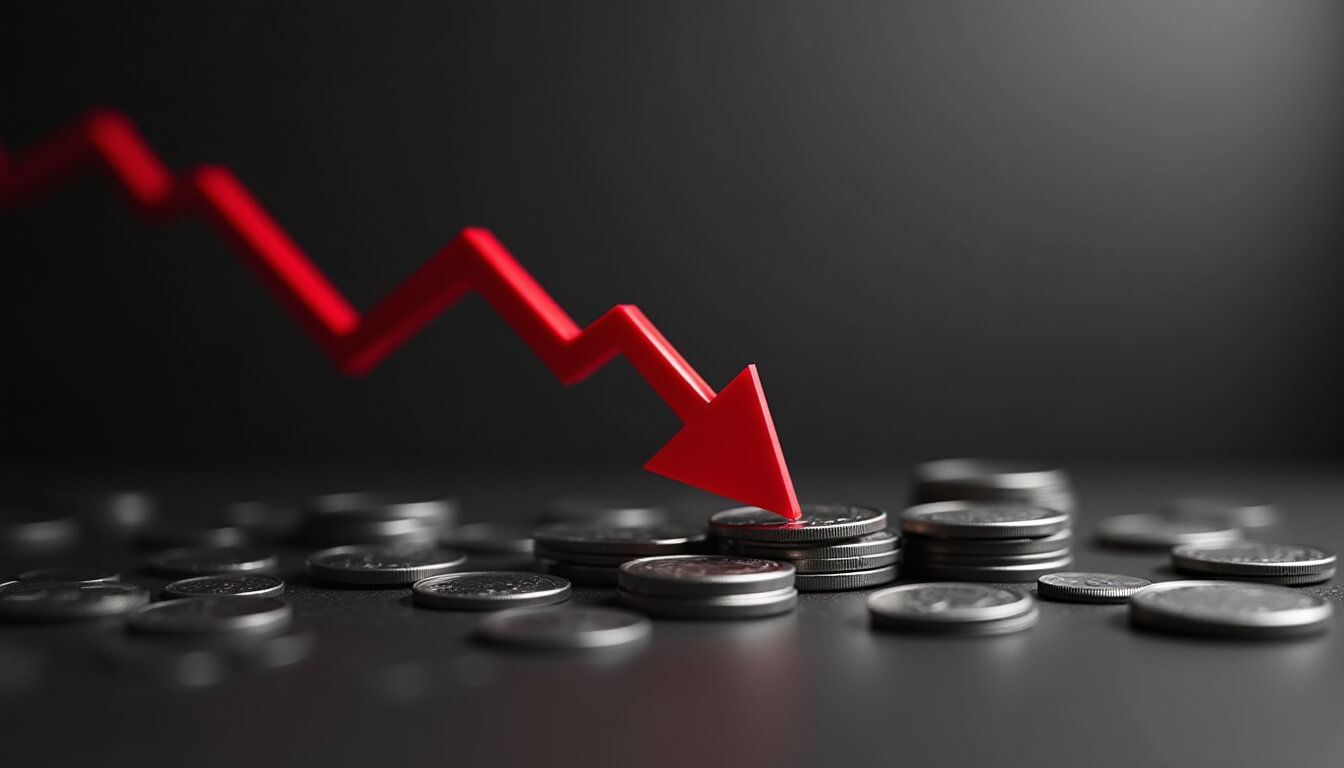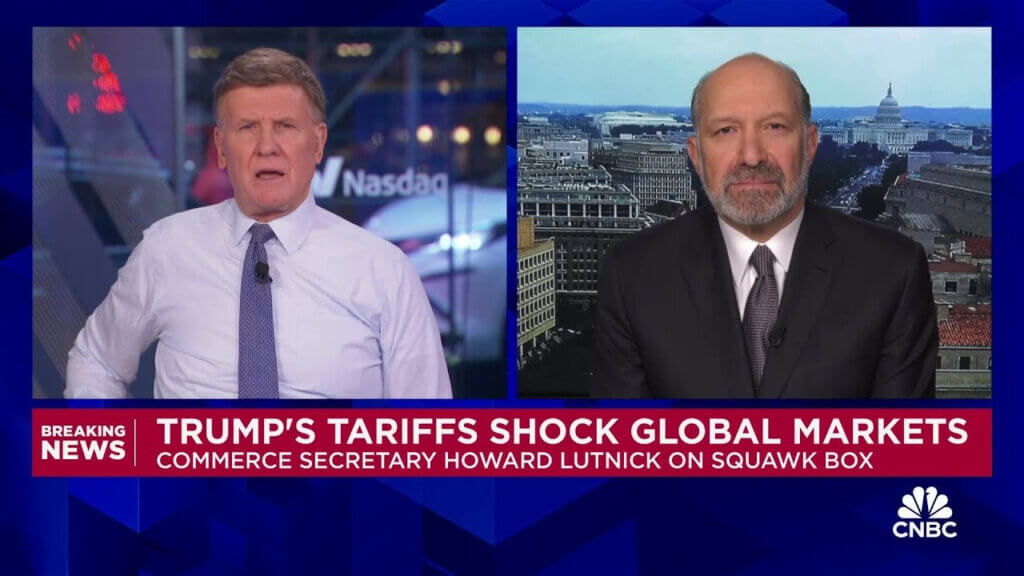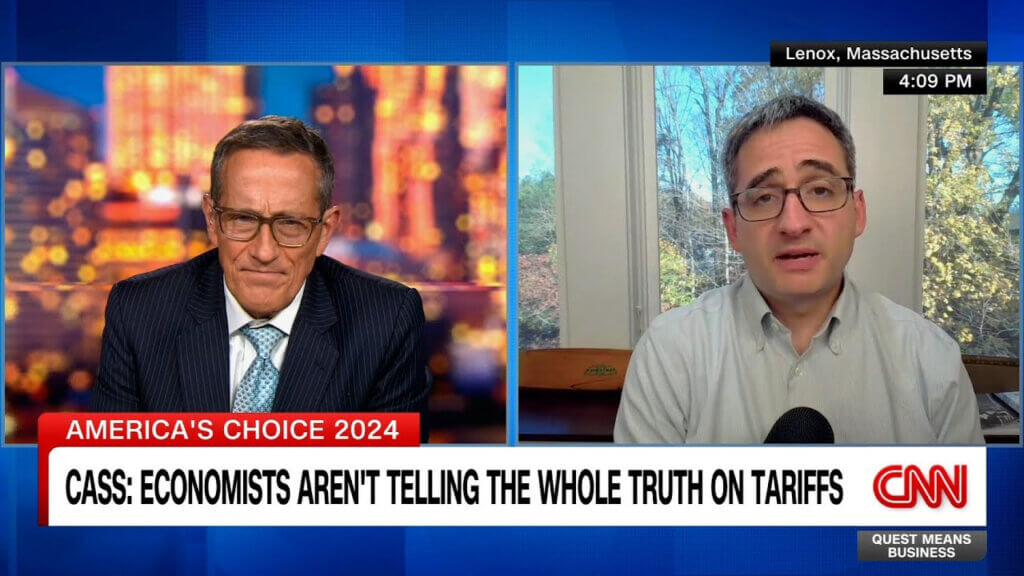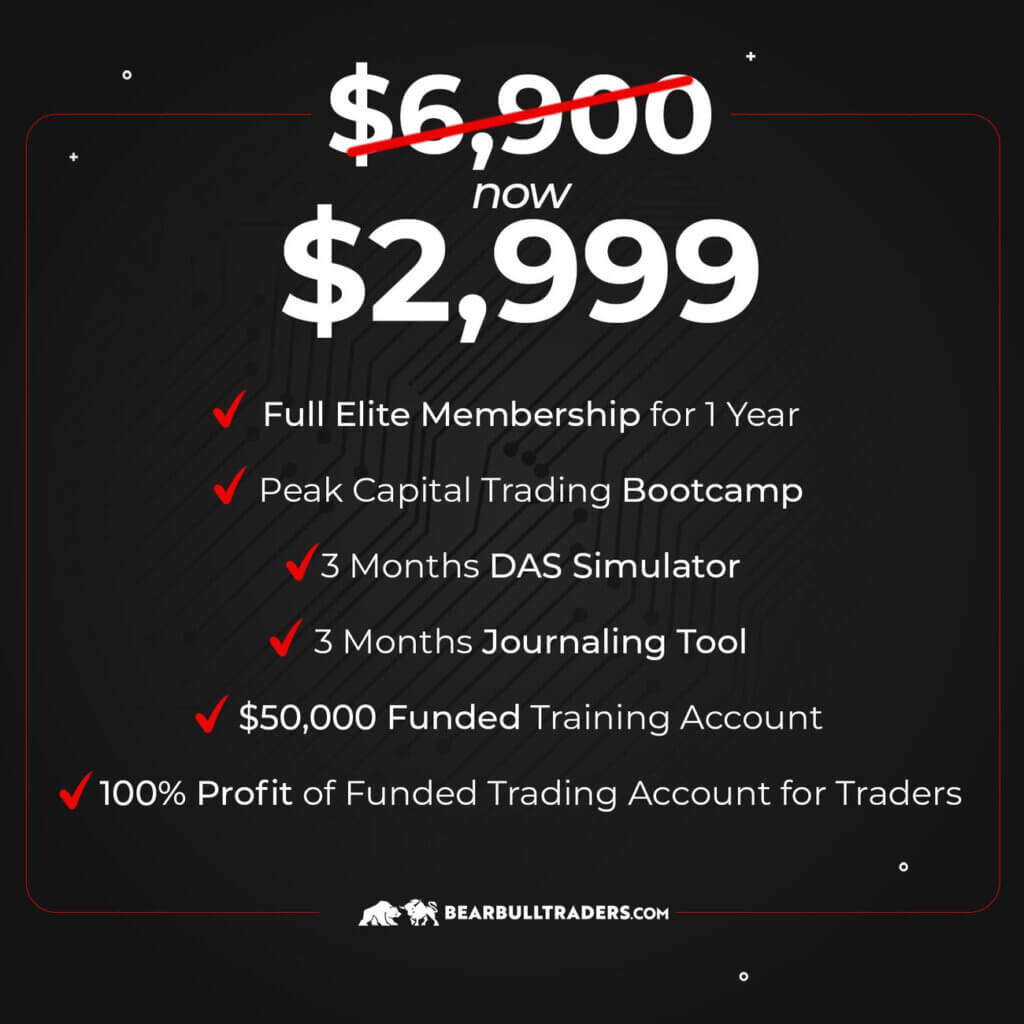
Trade Policy Shake-Up: How It Impacted My Portfolio
Dear Traders,
I hope this message finds you well. It’s been nearly a week since my last newsletter, and I have a lot to share with you.
First and foremost, we recently concluded an incredible weekend with the TEDx and our very own Trading Summit, where we hosted over 200 traders. It was an amazing experience, and I’ve been occupied with hosting community members. I will be sharing some photos and updates from the summit soon – stay tuned!
However, the primary topic on everyone’s mind is the recent trade tariff policies that were announced on April 2nd. These new policies are comprehensive, affecting nearly all countries, and have significantly impacted the markets. Unfortunately, I found myself unprepared for this shift. I had substantial leveraged positions in TQQQ, SPXL, and TNA, which track the market three times on the bullish side. As a result, I experienced both realized and unrealized losses exceeding $1 million. This outcome reflects a lapse in risk management on my part, and I am now monitoring the market closely to see how it unfolds in the coming weeks.
After taking some time to reflect and understand the situation, I began researching the new trade tariff policies. I watched interviews with Secretary of Commerce Howard Lutnick and Oren Cass, the founder of a center-right economic think tank and advisor to Mitt Romney. Both expressed support for the new policies. Despite the immediate market downturn and prevailing sentiment that the changes were a mistake, it is essential to look beyond short-term volatility. A potential drop of 10-15% in the stock market does not necessarily indicate a comparable contraction in the real economy or a collapse of the job market. Historically, the stock market and the economy do not always move in tandem, particularly in the short term.
One key takeaway from these interviews is that the United States appears to be undergoing a paradigm shift in trade policy. For the past 30-40 years, the focus has been on promoting “free trade” within a global economy. However, there is a growing consensus that the American middle class has borne the brunt of this approach, facing increased competition and the loss of many high-paying jobs to overseas markets.
This resonates with my own experience. When I started my career, I quickly realized that, as a member of the North American middle class, my prospects for financial growth were limited. It was challenging to envision earning more than $50,000-$60,000 annually. That realization, along with losing my job, motivated me to enter the financial markets, where I felt I could have greater control over my financial future, especially since it often seemed like the system, with some justification, is inherently unfair to the lower and middle class.
The new policy direction appears to be moving from “free trade” to “fair trade”, asserting that the United States, as the world’s largest consumer market, deserves more equitable treatment. For instance, while the US imposes only a 2.5% tariff on foreign cars, Europe levies tariffs exceeding 10% on American vehicles. Additionally with this income, European subsidies on aluminum and steel further reduce the competitiveness of American products. India does not buy corn or meat from the USA, and many close trading partners impose significant tariffs on common American products while not applying the same tariffs to China. According to Sec of Commerce interview with CNBC (link below), the goal behind the new policies is to address these imbalances and send a clear message: If you wish to access the American market, trade must be fair.
Of course, everyone is deeply divided, and many are feeling anxious. The uncertainty surrounding recent changes has created a tense atmosphere, leaving people unsure about what the future holds. Emotions are running high as opinions clash, and it’s natural to feel a mix of frustration and worry during such. This policy shift has sparked considerable debate, including within our own trading community, where opinions have been sharply divided. Of course, it is important to acknowledge that while the policy may appear controversial, understanding its potential long-term economic impact is crucial for investors. Analyzing and interpreting these changes is not about taking a political stance but rather about being informed and prepared for the possible outcomes in the financial markets.
It’s essential to approach this topic with an open mind, focusing on the economic rationale rather than the political debate. Trying to understand the reasons behind these policy shifts should not provoke anger or division; instead, it should encourage thoughtful discussion and analysis. As traders and investors, our priority is to assess how these changes might impact our strategies and financial decisions, regardless of political beliefs.
To better understand the nuances of these economic changes, I highly recommend watching the interviews I mentioned earlier. They provide diverse perspectives on trade policy and its impact on everyday life. You don’t have to agree with every point made, but it’s crucial to at least hear these viewpoints to form a well-rounded understanding.
Interestingly, many of these ideas are not entirely new. Despite his unique position on the political spectrum, President Trump advocated for similar changes during his first tenure. Often his trade tariffs were kept and increased by President Biden. Moreover, Mitt Romney proposed related ideas during his 2012 presidential campaign against Barack Obama.
The global response to these new policies will likely shape future economic relationships. Countries such as Vietnam have already indicated a willingness to lower tariffs on US goods to maintain access to the American market. Similarly, according to Mohamed Abdullah El-Erian, an Egyptian-American economist and businessman guru the UK may align itself with this approach, while Europe, particularly Germany, may show resistance. As the largest economy and leader in Europe, Germany then faces increased pressure to address military spending and defense commitments in parallel with trade negotiations.
It is crucial to remember that this debate is not purely political. Rather, it represents an economic shift that could have lasting effects on global trade dynamics. As investors, it is vital to stay informed and consider the broader implications rather than focusing solely on short-term market reactions. We are not making political comments; instead, we are observing policy changes and analyzing how they impact our investments and trading strategies.
If the American people see this approach to trade policy as flawed or no longer agree with it, they have the opportunity to express their dissatisfaction during the midterm elections. That’s the essence of democracy – giving citizens a voice to send a clear message to policymakers when they feel that current policies aren’t working. By voting differently, they can influence the direction of trade policy and hold leaders accountable for decisions that affect the economy and their lives.
Exciting Update: Peak Capital Trading Bootcamp
Yesterday, I had the opportunity to trade the last session with our Peak Capital Trading Bootcamp participants, and it was an incredible experience. Mike and I were trading from Whistler, and we officially wrapped up the bootcamp, which is an intense three-month program. During this program, participants work with senior traders in live trading sessions, gaining exposure to various trading environments.
The next bootcamp starts in May, and we are now accepting new members. This is an excellent opportunity to level up your trading skills, as the program also includes a $50,000 funded trading account.
You’ll get access to daily live trading sessions with some of our top traders – Thor, Avi, Megan, Mike, Peter, and John. Unlike the chatroom, these sessions take place on Google Hangout, allowing you to interact directly and ask questions during the trading process.
If you’re serious about advancing your trading skills, this is the perfect time to join. Our Platinum Program includes one year of bootcamp, a full year of elite membership, and the $50,000 funded account, all at a discounted price of $2,999.
Take your trading to the next level – join the Peak Capital Trading Bootcamp today!
Join Platinum for $2,999
As always, your thoughts and feedback are welcome, and I look forward to discussing this further with you.
Stay safe, and trade smart!
Andrew











